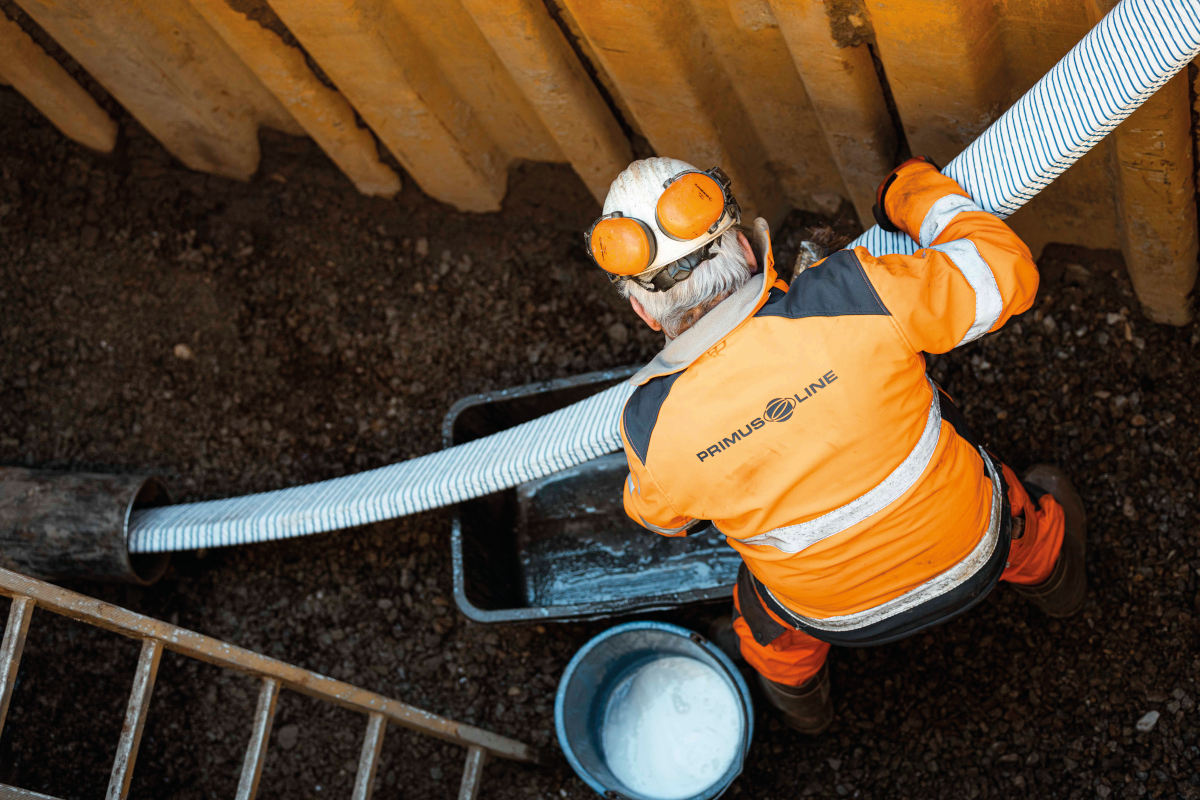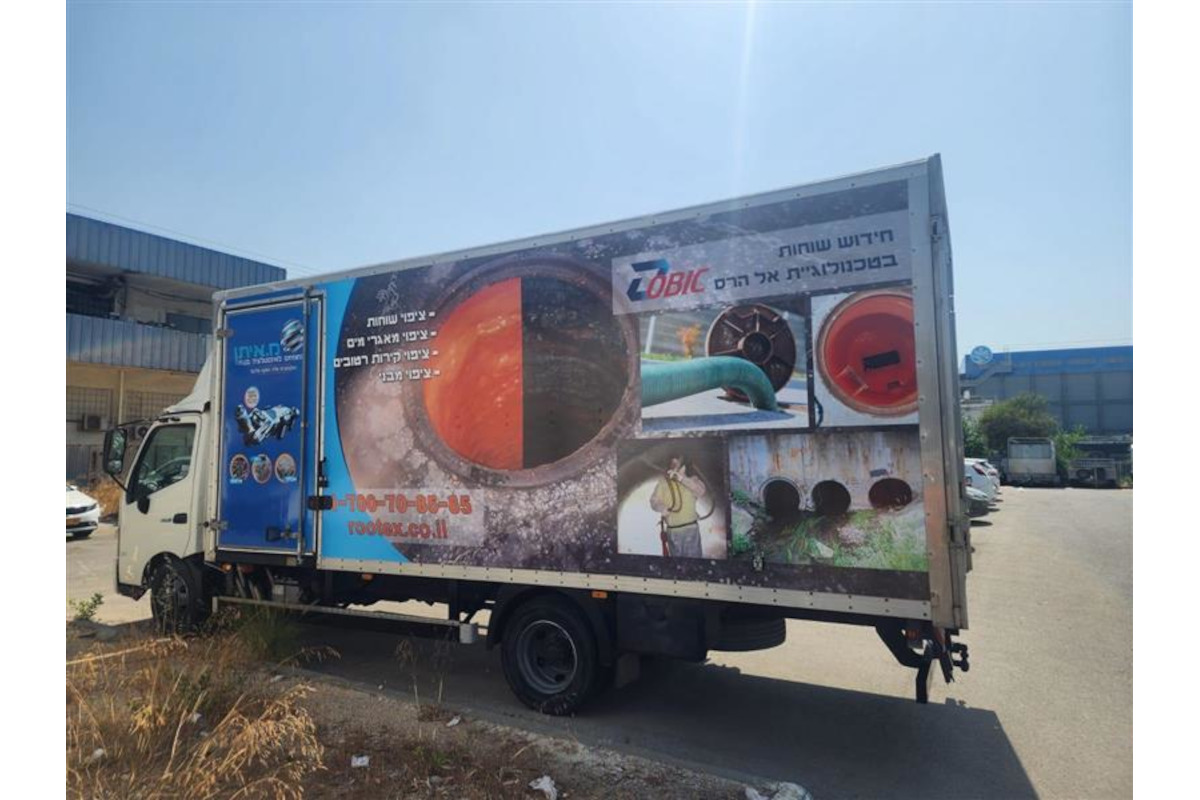ISTT Update
July 1, 2008
ISTT Program for Change 2008
The March 2007 edition of TTI reported on the adoption of “2K 10,” the ISTT Strategic Plan needed to take the Society to its 25th anniversary in 2011. Further issues of TTI since then have described how the ISTT is run democratically by its Board of Directors and, on a day-to-day basis, by the chairman supported by the Executive Sub Committee (ESC). The March 2008 edition of TTI reported that the directors had endorsed a Program for Change, drawn up by the ESC during 2007 to meet the objectives of “2K10,” which was to take effect during 2008 — and it has all been happening since then.
At the June 2 board meeting in Moscow, ISTT chairman Dec Downey introduced new ISTT executive director John Hemphill (See May issue of TTI). He was also pleased to announce that Kyoko Kondo, Membership Secretary for the JSTT, would take on responsibilities for the ISTT Membership Database after the retirement of Pat Nolan in April. The database will be reduced in size to only hold the details needed for distributing the official magazine and for controlling access to the ISTT Web site Technical Resource Center (Now containing more than 1,000 trenchless reference documents).
The Board also heard how a Technical Panel to advise the Board had been formed to replace the role undertaken previously by Dr. John Heavens and this would be managed by the ISTT vice chairman Prof. Sam Ariaratnam, supported by John Hemphill.
The ISTT Web site, Downey reported, will continue to be hosted by Profundis Presse and Media Service in Germany and will be developed and expanded.
The final change — which Downey said had been the most difficult decision — was to select Great Southern Press, Melbourne, Australia, to be the new ISTT External Communications partner to work with the ESC to take all ISTT communications activities to a higher level across all its forms, hard copy, Internet, Web site and emerging versions of DVD, CD-ROM and memory devices. This work will include a new official magazine to be produced four times a year, with a first issue in October.
In welcoming John Hemphill, the Board also said a fond farewell to John Castle, Executive Secretary since 1998, who would continue with a handover to John Hemphill until mid-August.
The Board also thanked JSTT chairman Taigo Matsui, who stepped down from the ESC after six years service, and elected SSTT vice chairman Gerda Hald to take his place.
In concluding the meeting, the Board heard how the re-organization would release funding and resources to concentrate on raising the profile of trenchless technology on the world stage and in recruiting new members, particularly from countries with growing economies and difficulties with rapidly increasing urban communities.
Ukraine Society for Trenchless Technology (USTT)
Last year, the USTT, based in Kiev, unable to continue and was de-affiliated from the ISTT on April 30. However, a very enthusiastic group of trenchless technologists has been running in the Odessa region for many years, which Professor Ray Sterling visited as ISTT chairman in May 2005. The Ukraine Association for Modern Trenchless Technology (UAMTT) is now a thriving association with 18 members representing the client and supply sides of the industry and also academia. It organizes a well attended annual seminar, runs a Web site and is in touch with a wide range of decision-makers. So the ISTT Board of Directors had great pleasure in welcoming UAMTT chairman Victor Prokopchuk to its meeting in Moscow and, after a presentation, in inviting his association to affiliate to the ISTT. The UAMTT will join as soon as formalities can be completed. ISTT chairman Dec Downey also thanked Olga Martynyuk, a member of the ESC, for all her help in the contacts with the UAMTT and for keeping trenchless technologists in the Ukraine in touch with the international community.
Polish Society for Trenchless Technology (PSTT)
 The PSTT has had a busy year, led by its Chairman Professor Andrzej Kuliczkowski. In April, the Society hosted No-Dig Poland in Kielce, which attracted 216 delegates and 28 exhibitors. Additionally, 40 guests were invited from Kielce itself and the local region. The Society presented “Expert 2008” awards to 13 recipients, including Jerzy Adamski, who founded the PFTT in 1998, and Arkadiusz Bachan, its first Secretary.
The PSTT has had a busy year, led by its Chairman Professor Andrzej Kuliczkowski. In April, the Society hosted No-Dig Poland in Kielce, which attracted 216 delegates and 28 exhibitors. Additionally, 40 guests were invited from Kielce itself and the local region. The Society presented “Expert 2008” awards to 13 recipients, including Jerzy Adamski, who founded the PFTT in 1998, and Arkadiusz Bachan, its first Secretary.Then in June, Kuliczkowski was in Moscow to receive the ISTT Academic No-Dig Award for 2008 for the entry by the Technical University Kielce for running the first post-graduate course in trenchless technology ever organized worldwide, which attracted 28 post-graduates from cities across Poland.
No-Dig Award Winners for 2008
There were three award winners this year. No student award was made. In a change in procedure, the three prize winners were asked to present their submissions in a keynote session that followed directly on from the Opening Ceremony.
Herrenknecht Utility Tunneling, Germany, represented by Dipl. Ing Diana Pfeff, presented its Product Award — Direct Pipe. ISTT Chairman Dec Downey described as combining the best features of HDD and microtunneling to give a new and important new technique for use in difficult ground conditions. “Two plus two does, in this case, give five,” Downey said, as the combination of techniques gives a significantly better technique than either HDD or microtunneling alone.
The Technical University, Kielce, Poland, represented by course tutor Eng. Agata Zwierzchowski, Ph.D., presented the post-graduate course, which won the academic Award.
Ross Henderson, business development manager of Longbore TT Ltd., presented their Project Award winning entry “Strangford Loch Marine Turbine Cable.” This project involved successfully installing the power cable from the first tidal power water turbine to be installed in the United Kingdom in an area of great environmental sensitivity.
26th International No-Dig 2008
The event was a great success. There were 140 exhibitors from 20 countries occupying 2,534 sq m of indoor space and 894 sq m outside, making this the largest dedicated trenchless exhibition held in Europe in recent years. This year, 325 delegates were registered for the conference from 25 countries and 48 papers were presented in two streams with authors from 18 countries. There were 21 poster presentations. The social program was excellent. A Welcome Reception on the opening day was followed by a Gala Evening held on a river cruiser making it from the Crocus Centre back to the hotel area in central Moscow. During the evening, the No-Dig Awards were presented with the Longbore TT project winners dressed in traditional Scottish kilts and trews.
In a Closing Ceremony speech, ISTT Chairman Dec Downey thanked the Russian Society for its contribution as co-hosts and SIBICO International for its work as event organizers. More than 12,000 visitors attended the exhibition and there is a strong chance that No-Dig Russia will become a regular national event in future years.
Make a note in your diaries International No-Dig 2009 Toronto March 29-April 3.
See you there.




